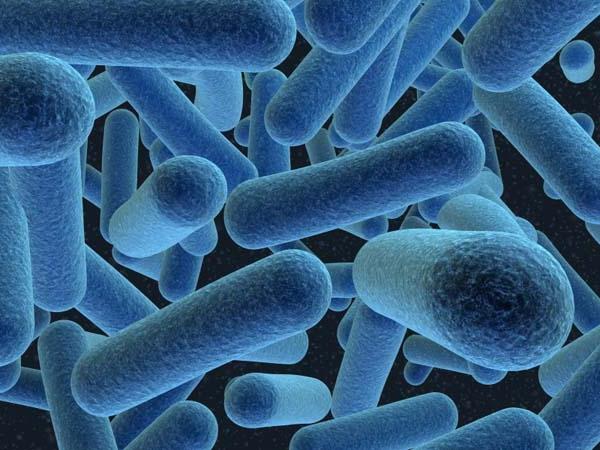Resistance is resistance to anything. Moreover, such a property can be both quite useful and leading to disruption of the functioning of the entire human body. It is for this reason that it should be explained to what exactly there is resistance. This is very important, since resistance to the effects of bacteria and the influence of their own hormones naturally affects the state of health unequally.
Resistance to certain microbes
This kind of stability seems to be very useful. At the same time, a person does not always have a full resistance. This is due to the fact that with a decrease in the body's defenses, the ability to suppress the growth and development of not only harmful, but also conditionally pathogenic microflora decreases. As a result, a particular disease occurs. A good example is tuberculosis. A person has relative resistance to it. This leads to the absence of clinical manifestations and the underdevelopment of the corresponding disease in conditions when the body's immunity is at a sufficiently high level. At the same time, he is not always able to completely destroy mycobacterium tuberculosis. As a result, this microorganism, if it is alive, gets excellent opportunities for growth and reproduction when the human immunity begins to decline . Ultimately, if immunity continues to be at a low level for a long time, it is quite possible to develop full-fledged tuberculosis.

Antibiotic Resistance - A Modern Problem
It is worth noting that not only a person is resistant to certain foreign substances. Microorganisms also often have good resistance. At the same time, it is formed in them by natural selection. The fact is that in the treatment of infectious diseases, not all pathogens often die. This is especially true for those cases when a person was treated with antibiotics not for 5-7 days, as the doctor prescribed, but only 2-3 days. Until the moment when the clinical manifestations disappeared during treatment. Undoubtedly, such a person is likely to recover, but the surviving microorganisms can gain resistance to the antibiotics with which they were treated. So resistance is far from always beneficial for the body. In some cases, this is a factor that must be taken into account during the treatment of patients.
Erythrocyte resistance
This property allows red blood cells to survive in conditions of a change in the chemical composition of the blood. The fact is that the normal level of NaCl in plasma is 0.9%. The level of change in the resistance of red blood cells can often serve as a diagnostic sign of certain pathological processes taking place in the body. With its help, it is possible to establish the fact of the presence of certain diseases.
As you can see, resistance is a very, very versatile term. It can often mean concepts that both bring great benefits and harm human health.